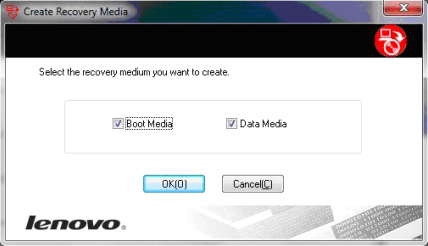Lenovo Boot From Usb Windows 7
The many flavors of BIOS / UEFIBIOS or UEFI can be a scary place for a beginner. There are just so many options with weird names and nonsensical descriptions. And we can't even use the mouse in most cases; we need to navigate by keyboard.What makes things worse is that BIOS and UEFI interfaces on different motherboards, even from the same manufacturer, can have an entirely different user interface.What we are saying is that the screenshots on this guide will probably not match your motherboard's BIOS or UEFI. Still, we will do our best to guide you on how to change the boot order, and select the DVD drive, a USB thumb drive, or a secondary HDD as the primary boot device.
Water by the spoonful. May 11, 2016 Step 5: Turn of your Laptop, again press the Novo Button and select the Bios Setup. Step 6: In Bios, Go to Boot Section and Change Boot Order to Legacy Support Mode. Step 7: Now Go To Configuration Tab Here you can see USB Boot is Disable, just Enable it. Step 8: Now Select Exit Saveing Changes in Exit Tab.
Boot menu: The easy way to change the boot orderMost modern motherboards have a 'Boot Menu' option, usually accessible by pressing one of the F8-F12 keys or ESC on startup.If there is a boot menu, the motherboard announces it along the manufacturer's logo.or at the POST screen.We can also check the following list, compiled by Brynux.com, which mentions. Pressing the key in time is important. The manufacturer's logo could show for only one second, or even less on a fast computer.If the system moves to the next screen.or the OS starts booting, it's too late, we have to reboot and try again.After successfully hitting the boot menu key, we are presented with the bootable devices. We just select the one we want and hit enter.For USB devices to show up on this menu, they need to be connected to the PC before we turn it on.If there is a '+' sign, there are sub-options we can access by pressing '+' on the keyboard, to select a specific Hard Drive or Removable drive.Some motherboards list the devices with their generic names.

Lenovo X1 Carbon Boot From Usb Windows 7

Lenovo makes a great deal of excellent, well-engineered hardware, but Lenovo makes some of the world's most truly awful software. They seemingly could care less about the user experience.Time and time again they prove this with crappy driver support, the, a dizzying array of pre-loaded bloatware (even on their corporate systems), confusing and slow websites and obscure design decisions. Who would think to make users hit a to enter the System Settings. Better yet, make them hold down the FN key, instead of just hitting the F keys at startup.For example, on a $1500+ high-end Ultrabook, they seriously provide this utility - in 2015 - to upgrade your firmware. Much of Microsoft's excellent work with Windows is undone by this consistently ignorant vendor, who is allegedly one of their biggest and best partners. With friends like these, hey?It was no surprise then when we went to install Windows 10 on multiple Lenovo systems that, of course, the normal utilities didn't work.
Even to create a bootable USB to install from scratch failed on Lenovos. One of our systems even blue screened with INACESSIBLEBOOTDEVICE after attempting the upgrade.By contrast, the Dell and HP systems we tried: smooth sailing.The issue with booting from USB on Lenovo systems like Yoga 2 Pro, Yoga 3 Pro, etc. Is that they use the newer (and now fairly common) UEFI instead of the old BIOS. But they, unlike many other vendors, very specifically need to boot from a USB disk formatted with a more obscure compatibility MBR Partition Scheme AND FAT32 file system. No other combination will work, and your shiny new Lenovo will happily and continuously ignore your USB drive at boot.Ignore the other advice you may find online about switching to Legacy Modes and things of the such in the UEFI Settings. You'll get yourself in a bigger mess, and screw up Secure Boot and lower performance.The solution is to download the excellent free utility, and use it to create the correctly configured USB disk.
Use Microsoft's utility to download the combination 32 bit and 64 bit ISO installer.This was the only option we could consistently get to work correctly.Let Microsoft'sutility create a USB drive, then copy all the files and folders in the root to a temporaryfolder on your hard drive.Incidentally, you can sure tell a lot of care and attention wasput into this utility, hey Microsoft? Great default.